Invertebrates: Books
Further resources, if available, can be found in our full bibliography.
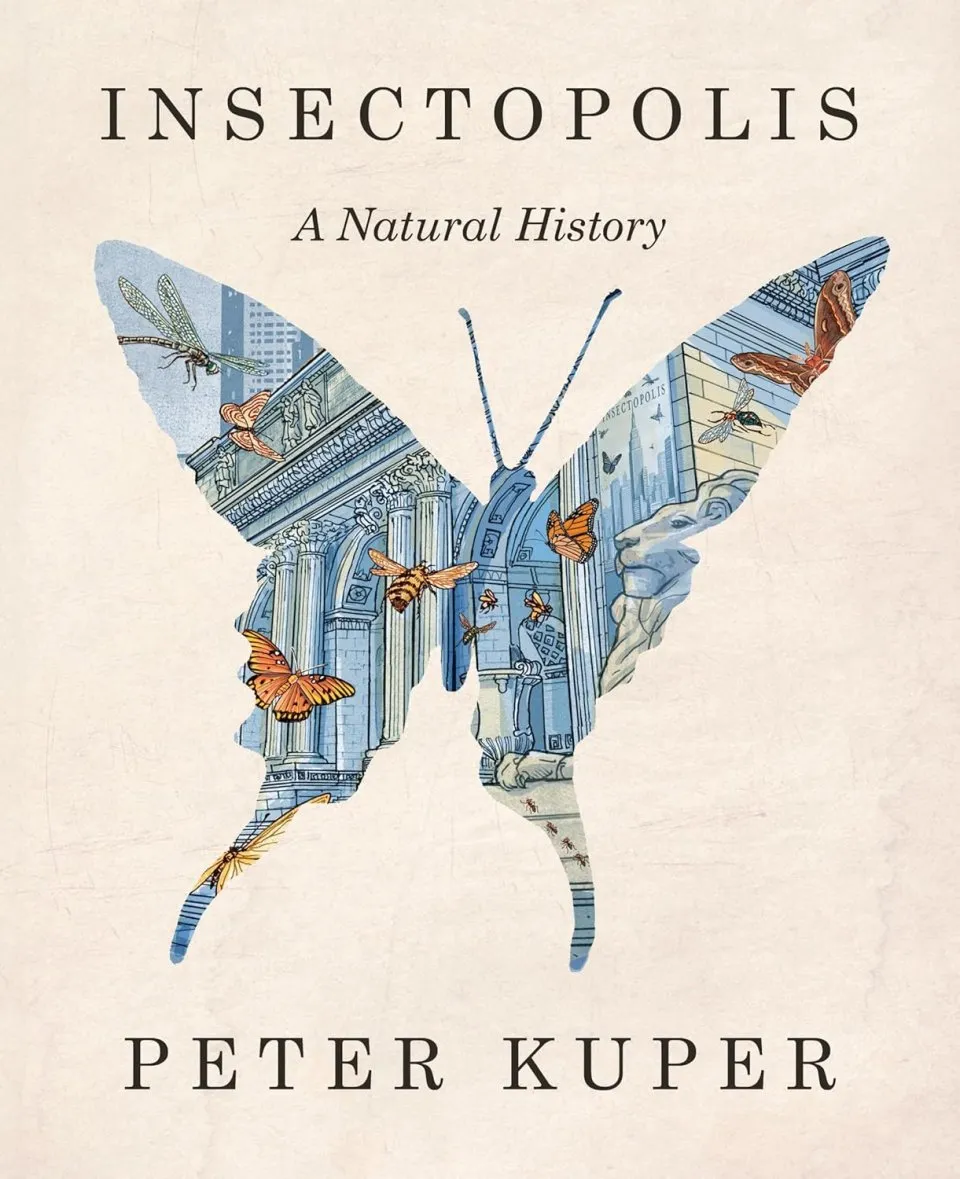
This visually immersive work of graphic nonfiction dives into a world where ants, cicadas, bees, and butterflies visit a library exhibition that displays their stories and humanity’s connection to them throughout the ages. Kuper’s visual presentation layers history and science, color and design, to tell the remarkable tales of dung beetles navigating by the stars, hawk-size prehistoric dragonflies hunting prey, and mosquitoes changing the course of human history. Kuper also illuminates pioneering naturalists, from well-known figures like E. O. Wilson and Rachel Carson to unheralded luminaries like Charles Henry Turner, the Black American scholar who documented arthropod intelligence, and Maria Sybilla Merian, the seventeenth-century German regarded as the mother of entomology. Galvanized by the sixth extinction and the ongoing insect crisis, Kuper takes readers on an unforgettable journey.
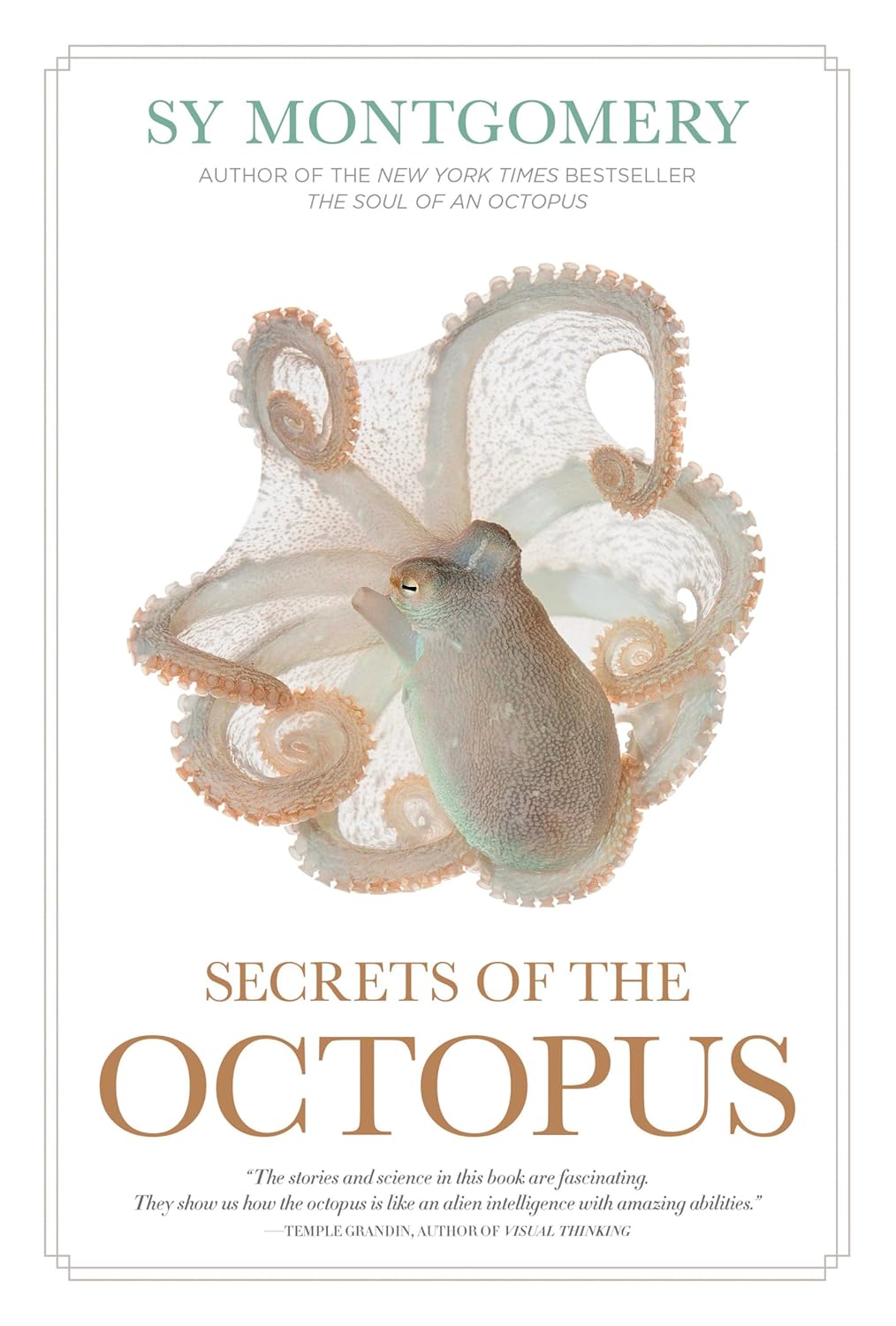
This beautifully illustrated book explores the alluring underwater world of the octopus–a creature that resembles an alien lifeform, but whose behavior has earned it a reputation as one of the most intelligent animals on the planet. This magical journey into the world of the octopus will reveal how the large and capable brain of these creatures occupies their whole body–not just their heads–and they can actually adjust their genetic makeup to respond to the demands of the environment. It will allow readers to watch them change shape and color in order to camouflage themselves more effectively than any other species. And it will divulge how octopus mothers give their all in order to bring forth a new generation. With this offering, author Sy Montgomery–known by many as the “octopus whisperer”–returns to the species she knows and loves, offering current and compassionate stories about the scientists on the front lines of octopus research and conservation.
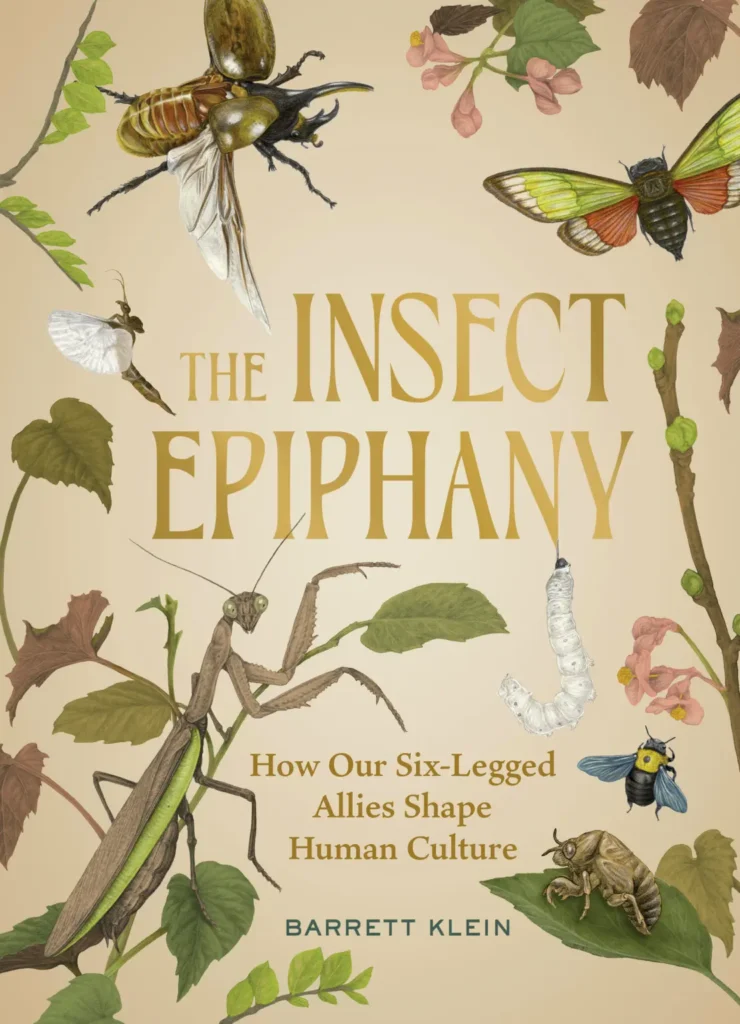
Insects are everywhere. They fuel life on Earth through their roles as pollinators, predators, and prey, but rarely do humans consider the outsize influence they have had on culture and civilization. Their anatomy and habits inform how humans live, work, create art, and innovate. Featuring nearly 250 color images–from ancient etchings to avant-garde art, from bug-based meals to haute couture–The Insect Epiphany proves that the world would look very different without insects, not just because they are crucial to ecosystems, but because they have shaped and inspired so many aspects of what makes humans human.
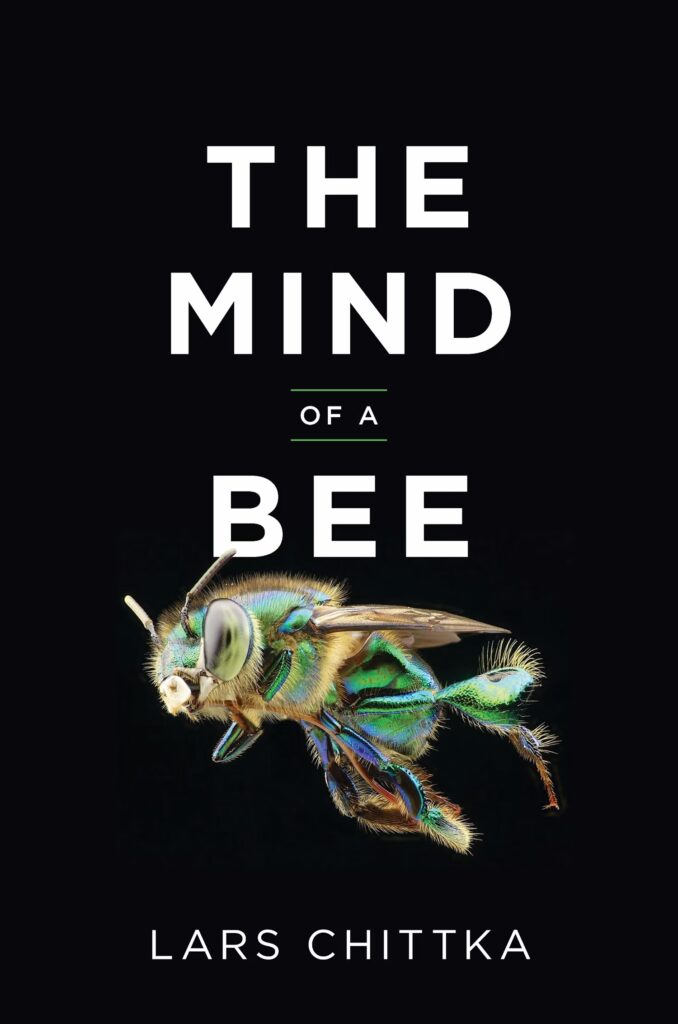
In The Mind of a Bee, Lars Chittka draws from decades of research, including his own pioneering work, to argue that bees have remarkable cognitive abilities. He shows that they are profoundly smart, have distinct personalities, can recognize flowers and human faces, exhibit basic emotions, count, use simple tools, solve problems, and learn by observing others. They may even possess consciousness. Taking readers deep into the sensory world of bees, Chittka illustrates how bee brains are unparalleled in the animal kingdom in terms of how much sophisticated material is packed into their tiny nervous systems. He also examines the psychological differences between bees and the ethical dilemmas that arise in conservation and laboratory settings because bees feel and think.
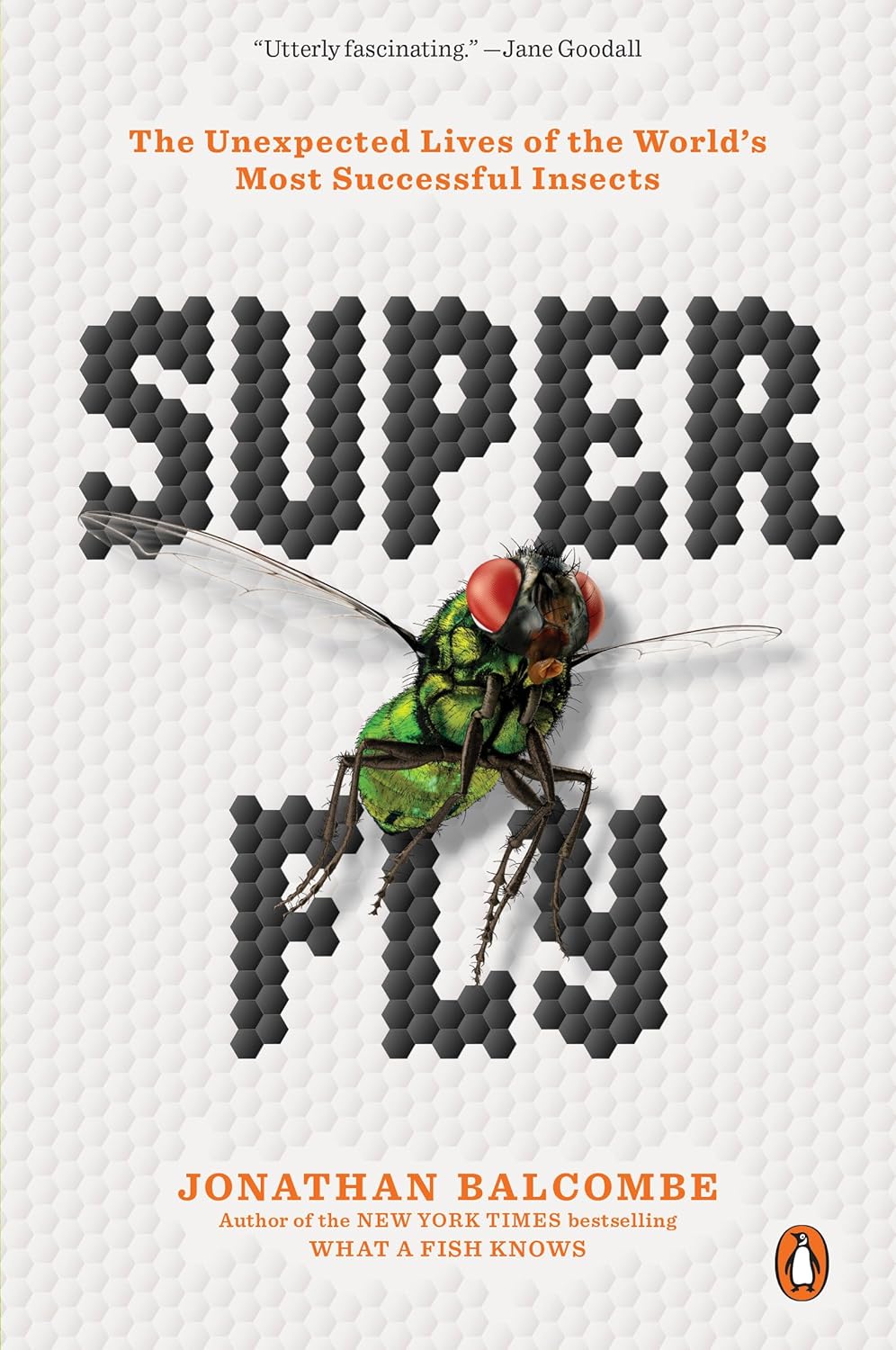
Super Fly: The Unexpected Lives of the World's Most Successful Insects
Jonathan P. Balcombe
Penguin Books
2021
In Super Fly, biologist Jonathan Balcombe shows the order Diptera in all of its diversity, illustrating the essential role that flies play in every ecosystem in the world as pollinators, waste-disposers, predators, and food source; and how flies continue to reshape current understandings of evolution. Along the way, he reintroduces readers to familiar foes like the fruit fly and mosquito, and gives them a chance to meet lesser-known cousins like the Petroleum Fly (the only animal in the world that breeds in crude oil) and the Chocolate Midge (the sole pollinator of the Cacao tree). No matter one’s outlook on these tiny buzzing neighbors, Super Fly will change the way readers look at flies.
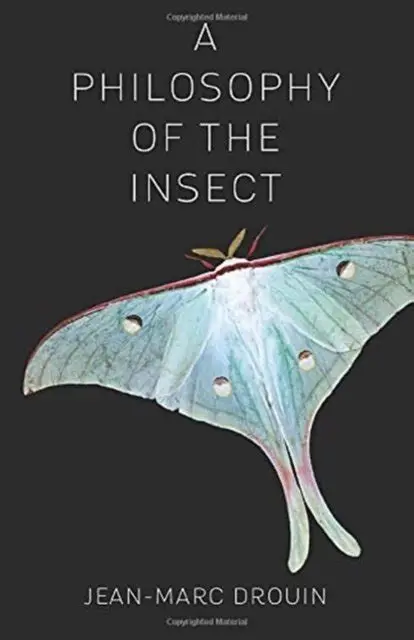
Exploring the questions of what insects are and what scientific, aesthetic, ethical, and historical relationships they have with humanity, Jean-Marc Drouin argues that insects force humans to reconsider their ideas of the animal and the social. He traces the role that insects have played in language, mythology, literature, entomology, sociobiology, and taxonomy over the centuries. Caught between the animal and plant kingdoms, insects force humans to confront and reevaluate notions of gender, family, society, struggle, the division of labor, social organization, and individual and collective intelligence. A remarkably original and thought-provoking work, A Philosophy of the Insect is an important book for animal studies, environmental ethics, and the history and philosophy of science.
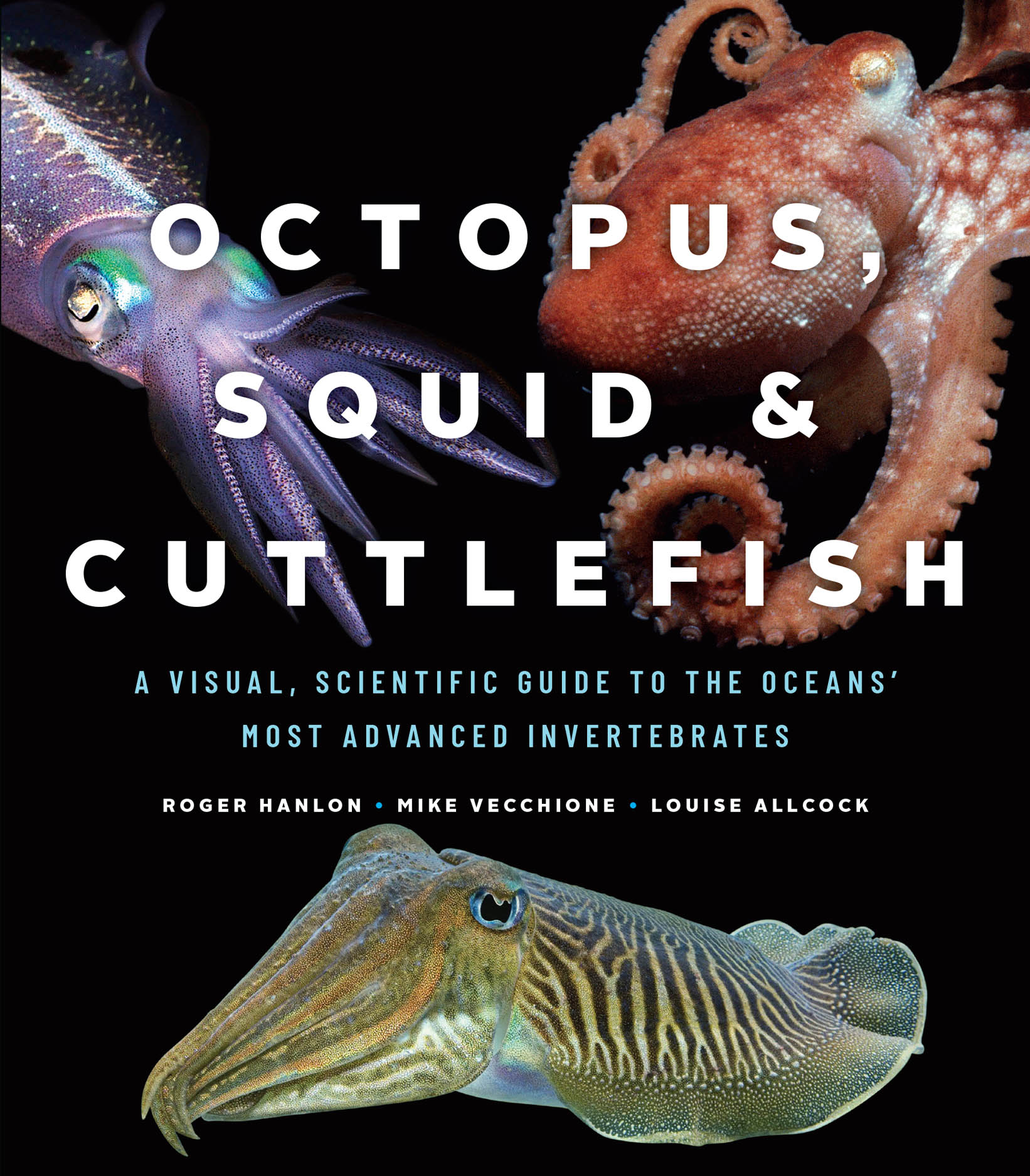
Octopus, Squid & Cuttlefish: A Visual, Scientific Guide to the Oceans' Most Advanced Invertebrates
Roger T. Hanlon, Michael Vecchione, Louise Allcock
University of Chicago Press
2018
Featuring a selection of species profiles, Octopus, Squid, and Cuttlefish reveals the evolution, anatomy, life history, behaviors, and relationships of these spellbinding animals. Their existence proves that intelligence can develop in very different ways: not only are cephalopods unusually large-brained invertebrates, they also carry two-thirds of their neurons in their arms. A treasure trove of scientific fact and visual explanation, this worldwide illustrated guide to cephalopods offers a comprehensive review of these fascinating and mysterious underwater invertebrates–from the lone hunting of the octopus, to the social squid, and the prismatic skin signaling of the cuttlefish.
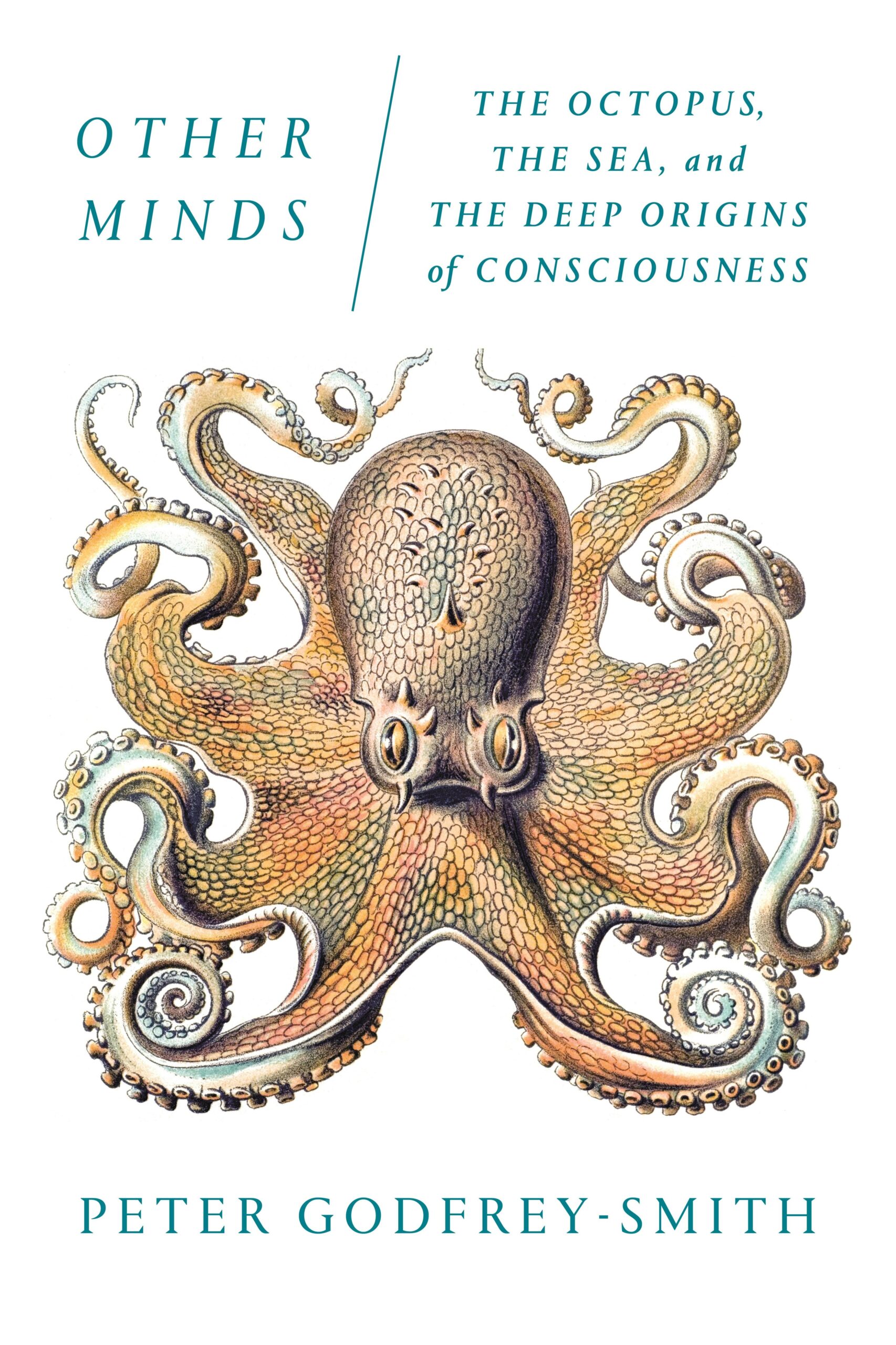
Other Minds: The Octopus, the Sea, and the Deep Origins of Consciousness
Peter Godfrey-Smith
Farrar, Straus and Giroux
2017
In Other Minds, Peter Godfrey-Smith tells a bold new story of how subjective experience crept into being from the ocean. Tracking the mind’s fitful development, Godfrey-Smith shows how unruly clumps of seaborne cells began living together and became capable of sensing, acting, and signaling. As these primitive organisms became more entangled with others, they grew more complicated. The first nervous systems evolved, probably in ancient relatives of jellyfish; later on, the cephalopods, which began as inconspicuous mollusks, abandoned their shells and rose above the ocean floor, searching for prey and acquiring the greater intelligence needed to do so. Taking an independent route, mammals and birds later began their own evolutionary journeys. Drawing on the latest scientific research and his own scuba-diving adventures, Godfrey-Smith probes the many mysteries that surround the lineage.
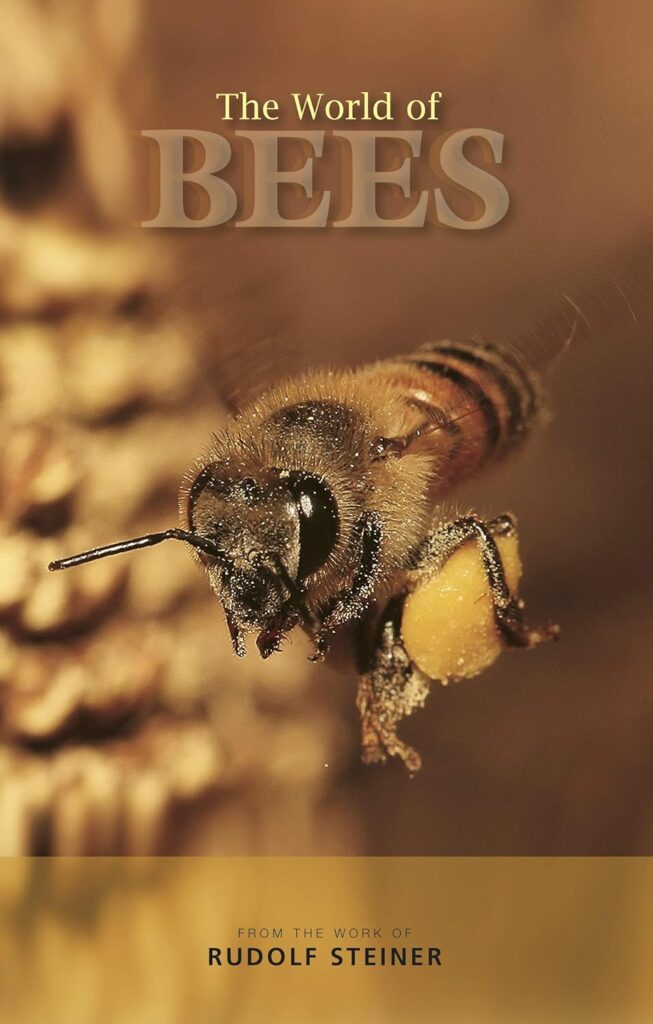
From time immemorial, bees have fascinated human culture. Mythic pictures and writings tell of humanity’s close affinity and connection with these complex creatures, as well as the inestimable value of honey and wax. In recent years, bees have come to prominence again in the media, with reports of colony collapse and the wholesale demise of bee populations, forcing people to awaken to the critical role the bees play in human existence. Rudolf Steiner’s unique talks reveal the hidden wisdom at work in bee colonies. Speaking in Switzerland in 1923, in response to concerns from beekeepers among his local workforce, Steiner delivered a series of addresses whose multi-layered content, structure and wording is unparalleled.
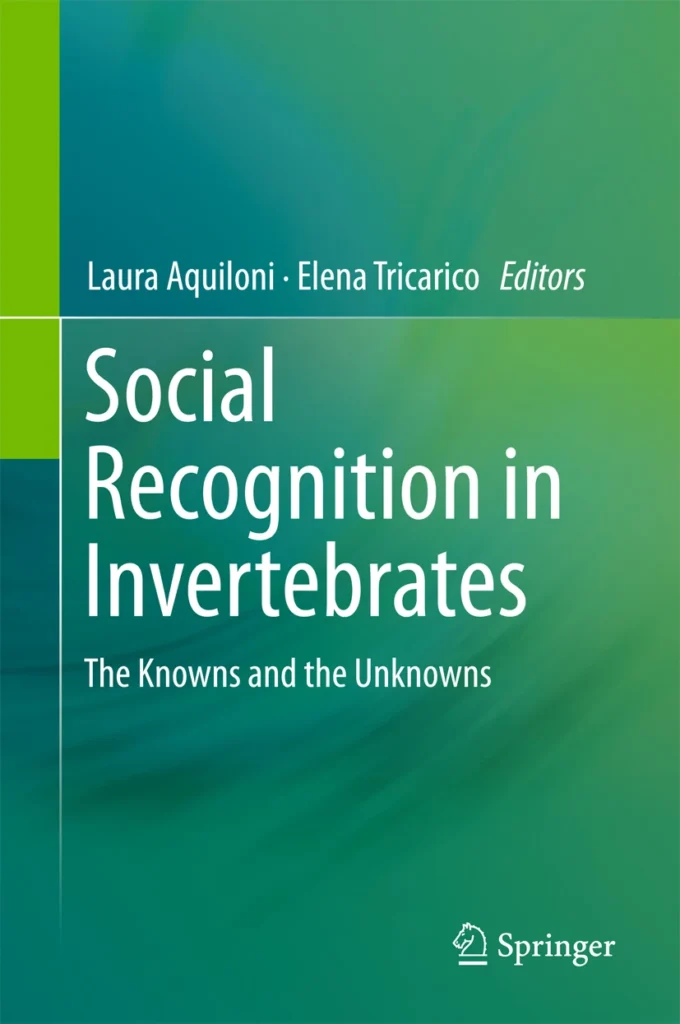
Social Recognition in Invertebrates: The Knowns and the Unknowns
Laura Aquiloni, Elena Tricarico
Springer
2015
This book uses a wide range of case studies from different invertebrate taxa to describe the numerous forms of social recognition occurring in this large group of animals and traces the evolution of this cognitive ability. The authors provide several examples of direct (i.e. the target of recognition is a conspecific) and indirect recognition (i.e. recognition of a reliable proxy rather than an individual, such as a den or a substrate) and discuss cases of familiar recognition (i.e. an animal remembers a conspecific but cannot tell what class it comes from or recognize its identity). Class-level recognition (i.e. an animal assigns a conspecific to an appropriate class of animals), and true individual recognition (i.e. an animal both identifies and recognizes a conspecific on an individual basis) are also addressed.
Photo Credit: Josch13/Pixabay